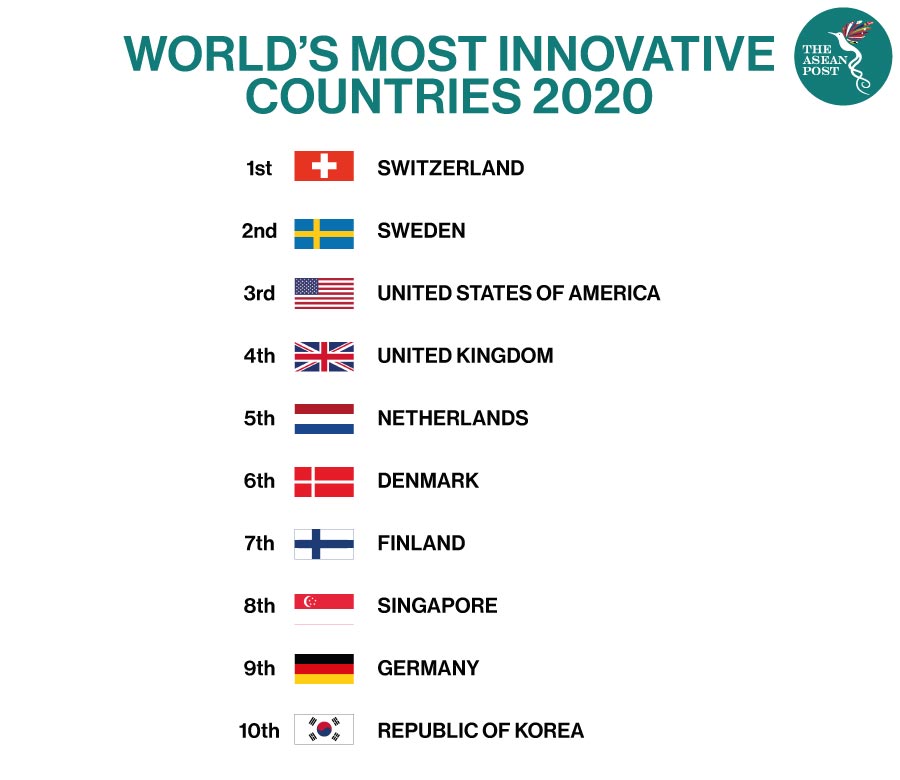Two years ago, global research and development (R&D) spending grew by 5.2 percent, significantly faster than global gross domestic product (GDP) growth, after rebounding strongly from the 2008-2009 financial crisis. Venture capital (VC) and the use of intellectual property (IP) were also at an all-time high.
However, the coronavirus pandemic has hit the innovation landscape at a time when innovation was flourishing. And now that global economic growth is expected to fall sharply in 2020, observers wonder if R&D, VC, IP and the political determination to adopt innovation will also slump – freezing innovation finance and slowing humanity’s progress.
The World Intellectual Property Organisation (WIPO) has released its Global Innovation Index 2020, that presents the latest global innovation trends and the annual innovation ranking of 131 economies.
The report reveals that money to fund innovative ventures is drying up. According to the WIPO, the impact of this shortage will be uneven with effects felt more heavily by young firms, R&D intensive start-ups, and in developing economies which are already facing scarcity in innovation funding.
However, on a brighter note, crises can lead to other opportunities. The COVID-19 pandemic has led to new international research collaborations. It has stimulated interest for innovation solutions in healthcare, education, e-commerce and teleworking, among others.
GII Rankings
The Global Innovation Index (GII) ranks Switzerland as the world’s most innovative economy, followed by Sweden and the United States (US). The index looks at a variety of factors, including R&D, Information and Communications Technology (ICT), and knowledge and technology outputs.
The top-performing economies in the GII are still almost exclusively from high-income countries. China is the only exception, ranking 14th for the second time in a row and remaining the only middle-income economy in the GII top 30.

According to the report, the geography of innovation is continuing to shift towards Asia. For the first time, a second Asian economy enters the top 10 rankings of the GII. The Republic of Korea now ranks 10th on the list, alongside ASEAN member state Singapore (8th) which has been in the top 10 for the past decade.
Another key finding of the report is the rise of China, Vietnam, India and the Philippines in the innovation landscape.
“Over the years, China, Vietnam, India, and the Philippines are the economies with the most significant progress in their GII innovation ranking over time. All four are now in the top 50,” stated the WIPO.
The report also ranks innovation economies by regions and income groups.
Unsurprisingly, in the Asia-Pacific region, Singapore ranks first, followed by the Republic of Korea and Hong Kong.
Malaysia, which is ranked globally at 33rd, is the second-most innovative middle-income economy, sandwiched between China and Bulgaria. Whereas in the lower middle-income group, Vietnam ranks first, followed by Ukraine and India. The Philippines achieved its best rank ever, placing 50th in the GII and 4th among the lower middle-income economies. Back in 2014, it was ranked 100th in the global ranking.
Innovation levels often reflect economic development with developed countries typically having higher levels of innovation.
Nevertheless, according to the GII report this year, there are 25 countries that outperform relative to their development. These countries include Georgia, Jamaica, Thailand and Morocco.
Impacts Of COVID-19
The effects of the pandemic on innovation are uncertain and dependent on recovery scenarios and the business and innovation practices and policies in place.
Some experts foresee a recovery in 2021, while other economists suggest a decade-long slowdown, high unemployment rates, and lasting damage to globalised supply and chain values.
In any scenario, the WIPO states that financial resources, both private and public, will be strained. Countries and corporations might find it more difficult to pursue investments and innovation.
As the world faces innovation uncertainty, “support needs to widen beyond the health sector. And government innovation expenditures should offset any falling private sector innovation funding,” stated the WIPO. They also call on business and policy leaders to sustain innovation for the benefit of everyone.
Related Articles:
